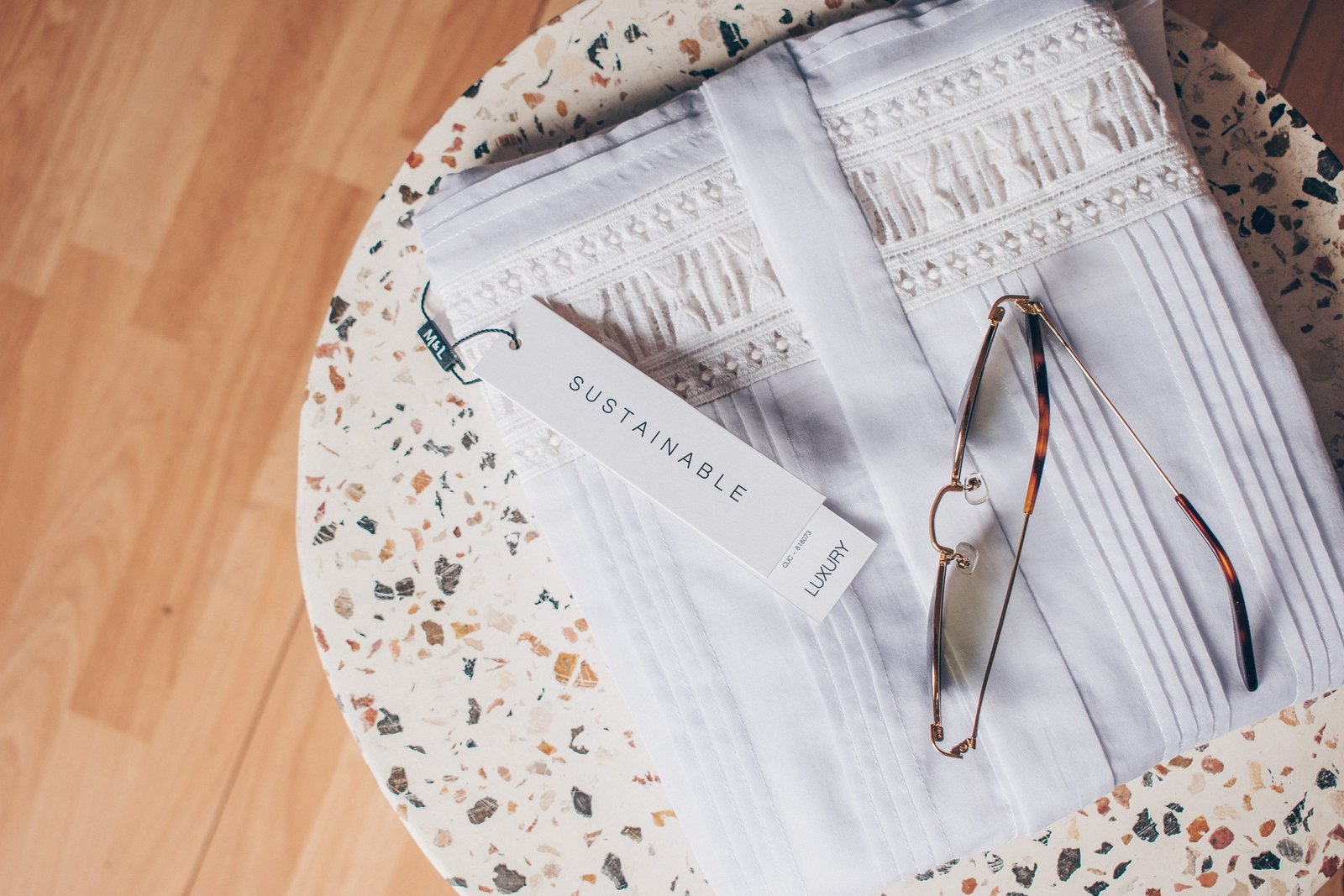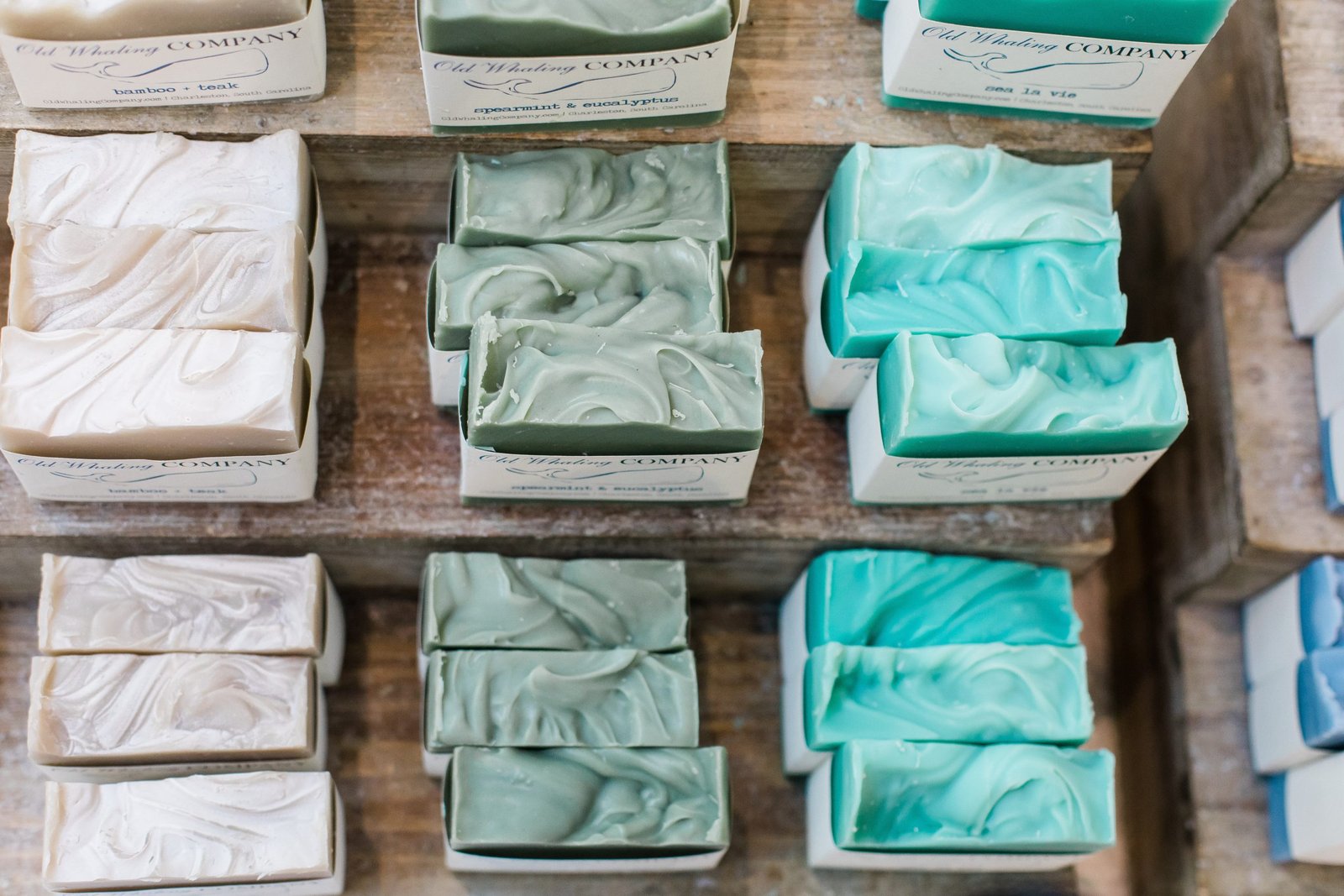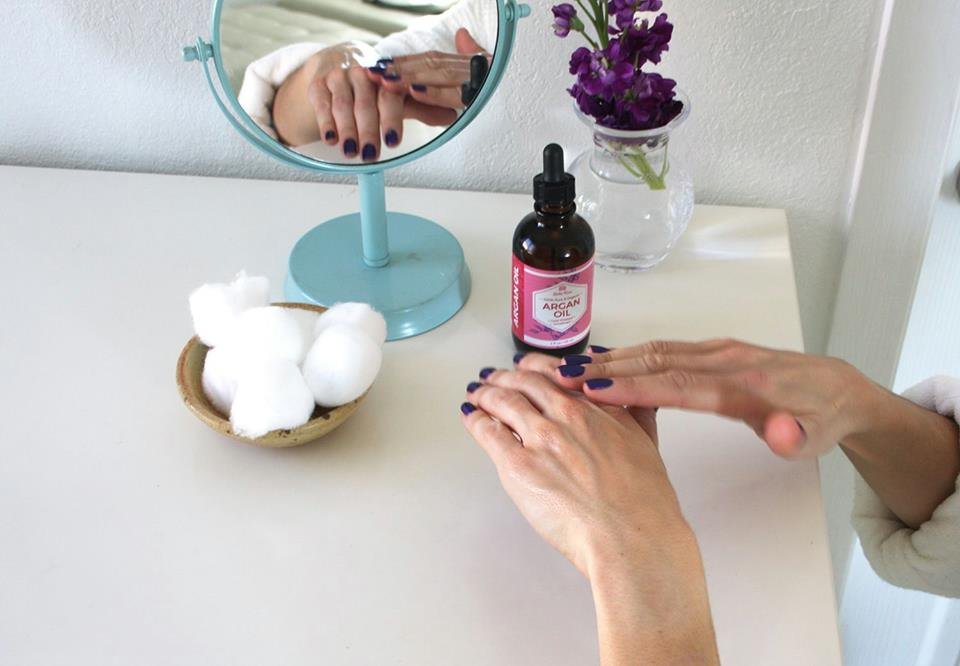In recent years, the conversation around talcum powder has taken a significant turn due to increasing legal action.
Talcum powder has been a staple in households and beauty routines for over a century. From baby care to adult grooming, its versatility has made it a trusted product. However, the recent scrutiny over its safety has prompted a reevaluation of its role in our daily lives and the need to get help from a talcum powder lawsuit lawyer.

As we delve into the history and impact of talcum powder, we’ll explore how it has shaped the beauty industry and beyond in seven distinct ways.
1. Early Beginnings in Baby Care
Talcum powder’s introduction into the market was largely driven by its use in baby care. Its ability to prevent diaper rash and keep skin dry made it a popular choice for parents. The soothing properties of talc helped establish it as a must-have in nurseries worldwide. This initial adoption paved the way for its broader use in other personal care products.
The popularity of talcum powder in baby care set the stage for its integration into other aspects of personal hygiene. As its benefits became widely recognized, manufacturers began to explore additional applications.
2. Revolutionizing Personal Hygiene
Beyond baby care, talcum powder found its way into various personal hygiene products. Its moisture-absorbing properties make it ideal for deodorants, foot powders, and body powders. These products provided a sense of freshness and comfort, particularly in hot and humid climates.
The expansion of talcum powder into personal hygiene products helped cement its place in the beauty industry. Consumers appreciated the practicality and effectiveness of talc-based products, leading to widespread adoption.
3. Makeup and Cosmetics
The beauty industry saw the potential of talcum powder early on. Its fine texture and ability to absorb excess oil made it a valuable ingredient in makeup. Talc was commonly used in face powders, blushes, and eye shadows to create a smooth, matte finish. Its inclusion in cosmetics helped achieve a flawless look, which became highly desirable.
However, recent concerns over talcum powder’s safety have led many brands to reformulate their products. The shift away from talc in cosmetics reflects growing consumer awareness and demand for safer alternatives.
4. Industrial and Household Uses
Talcum powder’s utility extends beyond personal care. In industrial applications, it is used as a lubricant, a filler in paints, and a coating agent in paper production. Its unique properties make it a valuable component in various manufacturing processes.
In households, talcum powder has been used to alleviate minor irritations, freshen up shoes, and even repel pests. Its multifunctional nature demonstrates its adaptability across different sectors.
5. Health Concerns and Legal Battles
The perception of talcum powder began to shift as studies emerged linking it to health risks. Concerns about asbestos contamination and the potential for respiratory issues and cancer prompted legal action. Women diagnosed with ovarian cancer after prolonged talcum powder use have filed lawsuits against major manufacturers.
These legal battles have brought significant attention to the need for regulatory oversight and transparency in product formulations. The outcomes of these cases continue to shape the future of talcum powder in the market.
6. Shifting Market Trends
In response to health concerns, the beauty and personal care industries have moved away from talc-based products. Brands increasingly explore alternative ingredients that offer similar benefits without the associated risks. This shift reflects a broader trend towards safer and more sustainable products.
The pivot away from talcum powder has led to innovation and the development of new formulations. Consumers are now more informed and discerning, driving demand for transparency and safety in product ingredients.

7. The Future of Talcum Powder
As the beauty industry evolves, the role of talcum powder will continue to be reassessed. Ongoing research and consumer advocacy will likely influence regulatory changes and industry practices. The future of talcum powder will depend on its ability to adapt to new safety standards and consumer preferences.
The journey of talcum powder from a household staple to a controversial ingredient highlights the dynamic nature of the beauty industry. The push for safer alternatives will shape the market landscape as awareness grows.
Conclusion
Talcum powder has undeniably played a significant role in shaping the beauty industry and beyond. Its versatility is unmatched, from its early use in baby care to its presence in cosmetics and industrial applications. However, health concerns and legal challenges have prompted a critical reevaluation of its safety. As the industry adapts to new trends and regulations, the legacy of talcum powder will continue to evolve. Understanding its history and impact is crucial as we navigate the future of beauty and personal care products.






